
This, the last of three articles that deal with the edible creatures caught on the seashore, is about those bivalves that live in the sand and the mud — the clams. The part of the seabed that is accessible on foot, the intertidal zone, is a difficult place for creatures to live due to the trials of wave action, so the calmer waters of estuary and bay are where most clams will be found. Collect them on an ebb tide from an exposed seabed or, on a calm day, in up to 1ft of water. Check permissions and landing sizes with the local authorities.
With a life spent in hiding, clams are not always easy to find, but the distinctive marks they make in the sand or mud will often give away their precise location. These marks are caused by the sucking and squirting of the siphons by which they feed. Clams are generally oriented like clasped hands in prayer, the siphon or siphons at the top.
The commonest clam — and certainly the best known — is the humble cockle. I first went cockling as a child living in Portsmouth. My father was the son of a Lowestoft herring skipper and had similarly learned the art of cockling in his youth. We found our cockles by randomly plunging our hands into the black and highly aromatic mud of Langstone Harbour to the east of Portsmouth.
Simple though it was, this strategy invariably resulted in a bucket full of cockles, all destined to spend a peaceful night cleaning themselves in bowls of salted water. My father’s method only works in mud or fine sand, so on coarser seabeds you must look closely for those markers.
Bu hikaye Shooting Times & Country dergisinin March 29, 2023 sayısından alınmıştır.
Start your 7-day Magzter GOLD free trial to access thousands of curated premium stories, and 9,000+ magazines and newspapers.
Already a subscriber ? Giriş Yap
Bu hikaye Shooting Times & Country dergisinin March 29, 2023 sayısından alınmıştır.
Start your 7-day Magzter GOLD free trial to access thousands of curated premium stories, and 9,000+ magazines and newspapers.
Already a subscriber? Giriş Yap
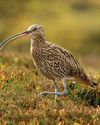
United we stand
Following United Utilities' decision to end grouse shooting on its land, Lindsay Waddell asks what will happen if we ignore our vital moors
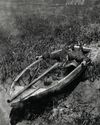
Serious matters
An old gamebook prompts a contemplation on punt-gunning
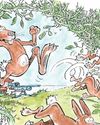
They're not always as easy as they seem
While coneys of the furry variety don't pose a problem for Blue Zulu, he's left frustrated once again by bolting bunnies of the clay sort
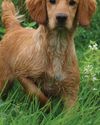
Debutant gundogs
There's lots to think about when it comes to making the decision about when to introduce your dog to shooting
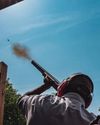
When the going gets rough
Al Gabriel returns to the West London Shooting School to brush up on his rough shooting technique
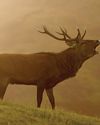
The Field Guide To British Deer - BDS 60th Anniversary Edition
In this excerpt from the 60th anniversary edition of the BDS's Field Guide To British Deer, Charles Smith-Jones considers the noise they make
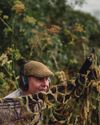
A step too far?
Simon Garnham wonders whether a new dog, a new gun and two different fields in need of protection might have been asking too much for one afternoon's work
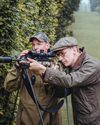
Two bucks before breakfast
A journey from old South London to rural Hertfordshire to stalk muntjac suggests that the two aren't as far detached as they might seem
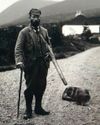
Stalking Diary
Stalkers can be a sentimental bunch, and they often carry a huge attachment to their hill

Gamekeeper
Alan Edwards believes unique, private experiences can help keepers become more competent and passionate custodians of the countryside